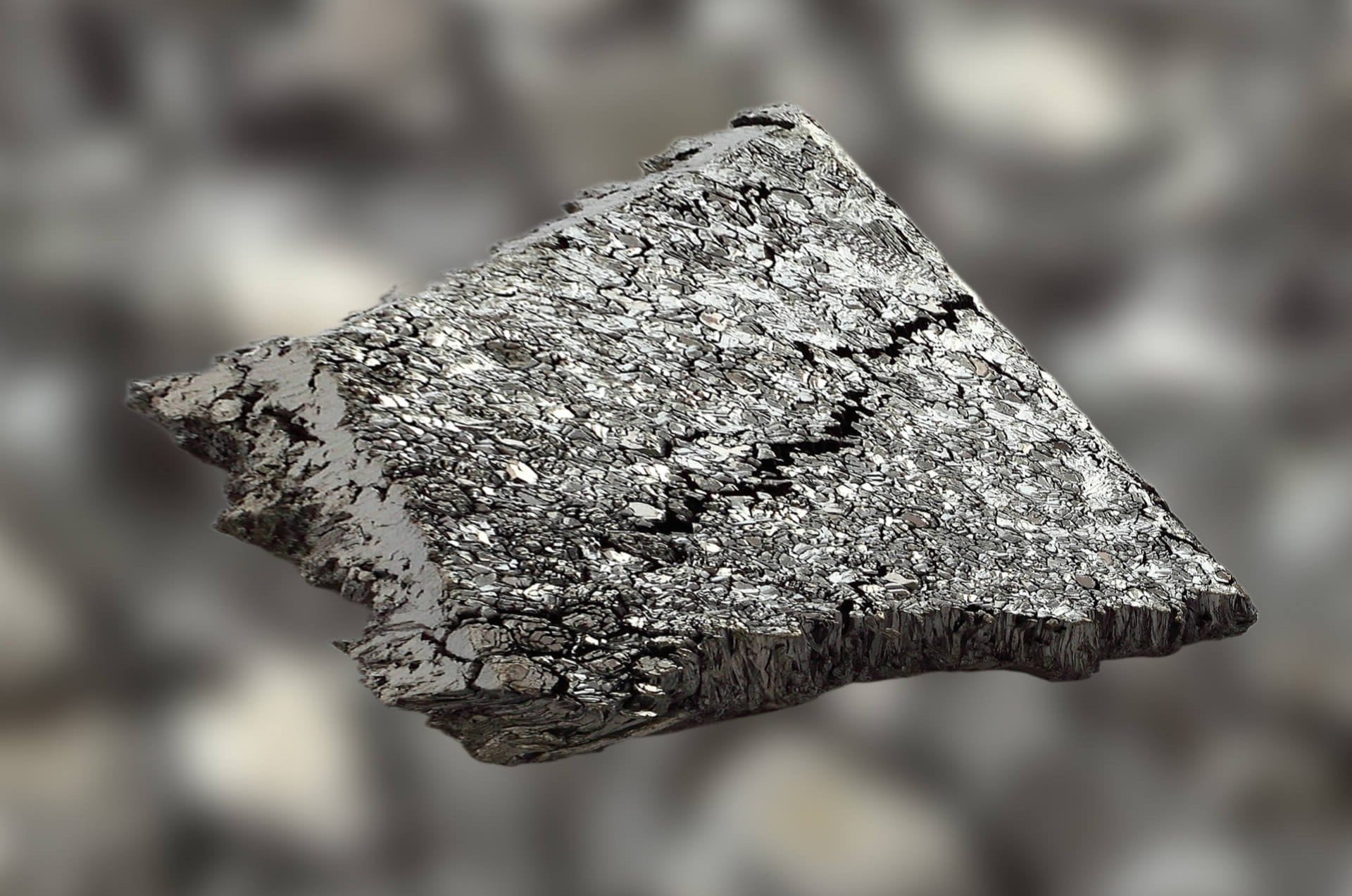
Lutetium might not be the most well-known element, but it packs a punch in the world of science and technology. Lutetium is a rare earth metal with the symbol Lu and atomic number 71. It's the heaviest and hardest of the lanthanides, making it unique among its peers. Found in minerals like monazite and bastnäsite, Lutetium is used in various applications, from cancer treatment to petroleum refining. Its isotopes play a crucial role in medical imaging and radiotherapy. Despite its rarity, Lutetium has proven indispensable in modern advancements. Ready to learn more? Here are 50 fascinating facts about this incredible element!
Key Takeaways:
- Lutetium, a rare earth element, is crucial in medical imaging, cancer treatment, and scientific research. Its unique properties and scarcity make it a valuable and fascinating element in various industries.
- Lutetium, also known as the "last" rare earth element, has quirky aspects like being expensive and having a role in dating meteorites. It plays a key role in scientific experiments and quantum computing research.
What is Lutetium?
Lutetium is a fascinating element with unique properties and uses. It's not as well-known as gold or iron, but it plays a crucial role in various fields. Let's dive into some intriguing facts about this rare earth element.
- Lutetium is a rare earth element with the symbol Lu and atomic number 71.
- It was discovered in 1907 by French scientist Georges Urbain.
- The name "Lutetium" comes from "Lutetia," the ancient Roman name for Paris.
- Lutetium is the heaviest and hardest of the rare earth elements.
- It is part of the lanthanide series in the periodic table.
- Lutetium is silvery-white and has a high melting point of 1,663°C (3,025°F).
- It is relatively stable in air but can tarnish over time.
- Lutetium is often found in minerals like monazite and xenotime.
- It is extracted through ion exchange and solvent extraction techniques.
- Lutetium is one of the least abundant rare earth elements in the Earth's crust.
Uses of Lutetium
Despite its rarity, lutetium has several important applications. Its unique properties make it valuable in various industries.
- Lutetium is used in PET scanners for medical imaging.
- It serves as a catalyst in petroleum refining.
- Lutetium-177, a radioactive isotope, is used in cancer treatment.
- It is employed in high refractive index glass for optics.
- Lutetium is used in phosphors for LED lighting.
- It acts as a dopant in garnet crystals for lasers.
- Lutetium is used in nuclear technology for neutron activation analysis.
- It is a component in superconductors.
- Lutetium is used in chemical research as a catalyst.
- It is employed in metal alloys to improve strength and durability.
Interesting Properties of Lutetium
Lutetium's unique properties make it stand out among other elements. Here are some fascinating characteristics.
- Lutetium has a density of 9.84 grams per cubic centimeter.
- It has a high boiling point of 3,402°C (6,156°F).
- Lutetium is paramagnetic, meaning it is weakly attracted to magnetic fields.
- It has a hexagonal close-packed crystal structure.
- Lutetium is chemically similar to yttrium and scandium.
- It forms trivalent compounds, typically with oxidation state +3.
- Lutetium can form complexes with organic ligands.
- It has a low thermal neutron capture cross-section, making it useful in nuclear reactors.
- Lutetium is resistant to corrosion in dry air.
- It reacts slowly with water but rapidly with acids.
Lutetium in Nature
Lutetium is not commonly found in nature, but it has some interesting natural occurrences.
- Lutetium is primarily obtained from monazite and xenotime ores.
- It is often found in association with other rare earth elements.
- Lutetium is present in trace amounts in the Earth's crust.
- It is more abundant in meteorites than in the Earth's crust.
- Lutetium can be found in seawater at very low concentrations.
- It is also present in coal and phosphate deposits.
- Lutetium is not found in biological systems and has no known biological role.
- It is considered a non-toxic element.
- Lutetium is often used as a geochronometer to date rocks and minerals.
- It is used in geochemical studies to understand the Earth's formation.
Fun Facts about Lutetium
Lutetium has some quirky and fun aspects that make it even more interesting.
- Lutetium is sometimes called the "last" of the rare earth elements.
- It is one of the most expensive rare earth metals due to its scarcity.
- Lutetium's name was almost "cassiopeium" after the constellation Cassiopeia.
- It has a half-life of 6.7 days when in the form of Lutetium-177.
- Lutetium is used in dating meteorites to understand the solar system's age.
- It is a key element in the study of neutrinos in particle physics.
- Lutetium is used in quantum computing research.
- It is part of the "rare earth crisis" due to its limited supply and high demand.
- Lutetium is often used in scientific experiments to study fundamental physics.
- It has a unique place in the periodic table, bridging the gap between the lanthanides and transition metals.
Lutetium: A Hidden Gem in the Periodic Table
Lutetium, often overlooked, holds a unique place in the periodic table. This rare earth element, symbolized as Lu, has fascinating properties and uses. Its high density and melting point make it valuable in various industries, from petroleum refining to medical imaging. Despite being one of the least abundant rare earth elements, lutetium's role in catalysts and phosphors is indispensable.
Understanding lutetium's characteristics and applications can broaden our appreciation for the elements that shape our world. Whether it's aiding in cancer treatment or enhancing LED technology, lutetium proves its worth time and again. Next time you encounter this element, remember its hidden potential and the significant impact it has on modern technology and medicine. Lutetium may be a small part of the periodic table, but its contributions are mighty.
Frequently Asked Questions
Was this page helpful?
Our commitment to delivering trustworthy and engaging content is at the heart of what we do. Each fact on our site is contributed by real users like you, bringing a wealth of diverse insights and information. To ensure the highest standards of accuracy and reliability, our dedicated editors meticulously review each submission. This process guarantees that the facts we share are not only fascinating but also credible. Trust in our commitment to quality and authenticity as you explore and learn with us.


